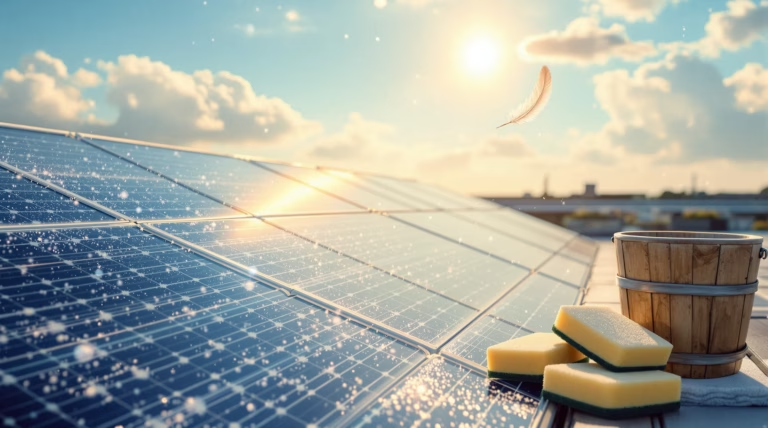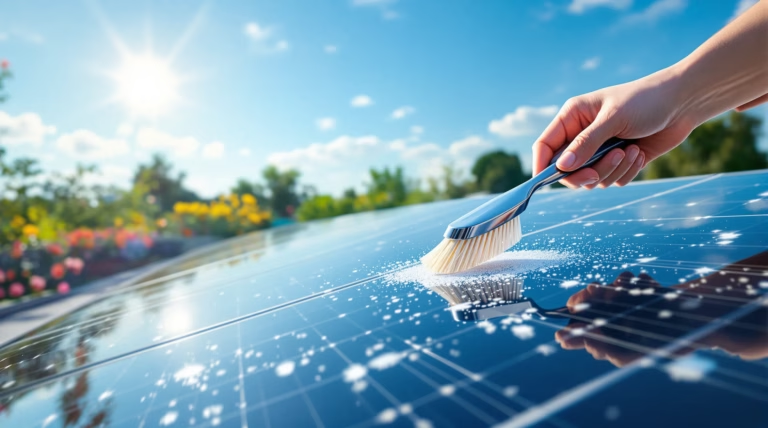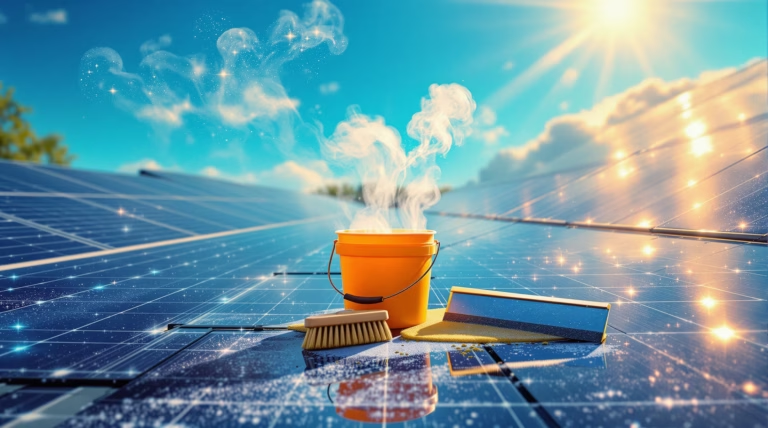Solar Hot Water Systems: Efficient Solutions for Sustainable Heating
Looking to reduce your energy bills while contributing to environmental sustainability? Solar hot water systems offer an innovative solution that harnesses the sun’s power to meet your water heating needs. Let’s explore how these systems work and the substantial benefits they bring to both homeowners and businesses.
Understanding Solar Hot Water Systems
Solar hot water systems represent a cutting-edge approach to renewable energy utilization for water heating. These systems efficiently capture solar thermal energy, converting it into usable heat for various applications across residential, commercial, and industrial sectors. Unlike traditional water heating methods dependent on fossil fuels or electricity, solar thermal technology provides a sustainable alternative that significantly reduces environmental impact.
Modern installations feature high-quality components, including stainless steel and brass fixtures, specifically chosen for their compatibility with potable water. This careful material selection ensures both safety and system longevity, making solar hot water systems one of the most reliable sustainable heating solutions available today.
What Are Solar Hot Water Systems?
Solar hot water systems are specialized renewable energy installations that directly harness the sun’s thermal energy for water heating. Unlike photovoltaic systems that generate electricity, these systems focus on heat capture and transfer. The core components include:
- Solar collectors mounted on roofs or ground installations
- Insulated storage tanks for heated water
- Circulation system with pipes and pumps
- Control systems for optimal performance
- Integration components for backup heating
How Solar Hot Water Systems Work
The operation follows an efficient process where solar collectors, strategically positioned for maximum sun exposure, absorb solar radiation. This energy heats the internal fluid – either water or a specialized heat-transfer medium. The heated fluid circulates through the system, transferring thermal energy to water stored in an insulated tank.
Advanced Solar Hot Water Controllers optimize system performance by monitoring temperature differentials between collectors and storage tanks. This intelligent regulation ensures operation only during periods of sufficient solar gain, maximizing efficiency while maintaining hot water availability throughout day and night.
Benefits of Solar Hot Water Systems
These innovative heating solutions offer multiple advantages that make them increasingly popular for sustainable water heating. ENERGY STAR certified systems can reduce annual hot water costs by up to 50%, while seamlessly integrating with existing water heating infrastructure.
Environmental Advantages
The environmental impact of solar hot water systems extends beyond energy savings:
- Reduction of 1-3 tons of CO2 emissions annually per household
- Decreased dependence on non-renewable resources
- Minimal water consumption during operation
- Use of recyclable materials in system components
- Protection of natural habitats from resource extraction
Economic Benefits
| Aspect | Benefit |
|---|---|
| Initial Investment | $5,000 – $15,000 |
| Payback Period | 5-10 years |
| System Lifespan | 20+ years |
| Annual Savings | Up to 50% on water heating costs |
| Maintenance Requirements | Minimal, occasional inspections |
Components of Solar Hot Water Systems
A complete solar hot water system integrates several essential components that work in harmony to capture, transfer, and store thermal energy. Premium systems utilize stainless steel and brass components, specifically engineered for durability and safe potable water applications.
- Solar collectors (flat plate or evacuated tube designs)
- Specialized storage tanks with advanced insulation
- Pump stations for fluid circulation
- Intelligent system controllers
- Pre-insulated piping systems
- Heat exchangers for thermal transfer
- Specialized heat-transfer fluids
- Safety valves and fittings
Types of Solar Collectors
| Collector Type | Characteristics | Best Application |
|---|---|---|
| Flat Plate Collectors | Insulated box with dark absorber plate under glass/plastic covers | Moderate climates, residential installations |
| Evacuated Tube Collectors | Parallel glass tubes with vacuum insulation and copper pipes | Cold climates, high-efficiency requirements |
Storage Tanks and Heat Exchangers
Storage tanks function as thermal batteries, maintaining consistent water temperature regardless of sunlight conditions. StorMaxx™ and similar advanced models feature superior insulation and multiple ports for solar heating loop integration and backup system compatibility.
- Coil-in-tank heat exchangers – copper coils inside storage tanks for direct heat transfer
- External plate heat exchangers – high efficiency with easy maintenance access
- Advanced insulation systems for minimal heat loss
- Multiple connection ports for system integration
- Compatibility with backup heating systems
Installation and Maintenance of Solar Hot Water Systems
Professional installation and regular maintenance are fundamental to system longevity, with studies showing that over 60% of system failures stem from improper installation or neglected maintenance. A properly maintained system can deliver efficient performance for more than two decades, making professional installation and routine service checks a worthwhile investment.
Installation Process
- Site assessment for optimal collector placement
- Structural integrity evaluation of mounting location
- Solar orientation and exposure analysis
- Compliance verification with local building codes
- Professional mounting of collectors and storage components
- Integration with existing plumbing systems
- Comprehensive system testing and calibration
- Owner operation training and maintenance guidance
Maintenance Tips
Regular maintenance is crucial for maximizing the efficiency and longevity of solar hot water systems. Monthly visual inspections should focus on checking solar collectors for dust, debris, and vegetation obstruction. In high-foliage or dusty areas, gentle cleaning of collector surfaces with water helps maintain optimal energy absorption. Regular monitoring of system pressure gauges and temperature readings can help detect potential issues early.
- Monthly visual inspections of collectors
- Pressure gauge monitoring
- Temperature reading checks
- Gentle cleaning of collector surfaces
- System performance monitoring
Professional annual maintenance is essential for system longevity. These comprehensive inspections include:
- Collector mounting hardware verification
- Pipe insulation examination
- Pressure relief valve testing
- Pump and controller operation checks
- Heat transfer fluid quality assessment
- System flushing for sediment removal
- Corrosion and leak inspection
Choosing the Right Solar Hot Water System for Your Home
Selecting an appropriate solar hot water system requires careful evaluation of multiple factors to ensure optimal performance. Professional consultation with qualified contractors is essential for determining the most suitable system type and size based on your specific needs, local climate conditions, and household consumption patterns.
Factors to Consider
- Site solar resource assessment
- Roof orientation and angle
- Potential shading issues
- Local climate conditions
- Building codes and regulations
- HOA requirements
- Permit specifications
- Energy usage patterns
- Current utility rates
- Available incentives and tax credits
Comparing Different Models
| System Type | Best For | Key Features |
|---|---|---|
| Flat Plate Collectors | Moderate climates | Cost-effective, simple design |
| Evacuated Tube Collectors | Cold regions | Superior performance, better insulation |
| Direct Circulation Systems | Warm climates | Simple operation, lower maintenance |
| Indirect Systems | Freezing climates | Better freeze protection, higher efficiency |
When evaluating systems, consider warranty coverage, which typically ranges from 5 to 10 years for high-quality installations. System sizing should be based on current water usage patterns and existing water heater capacity, with professional guidance for precise calculations.







